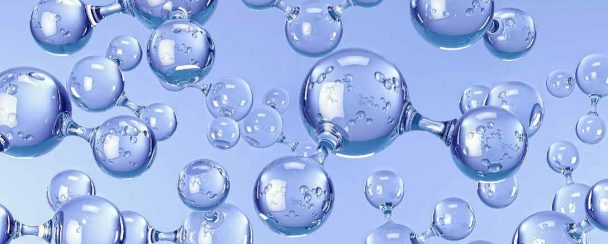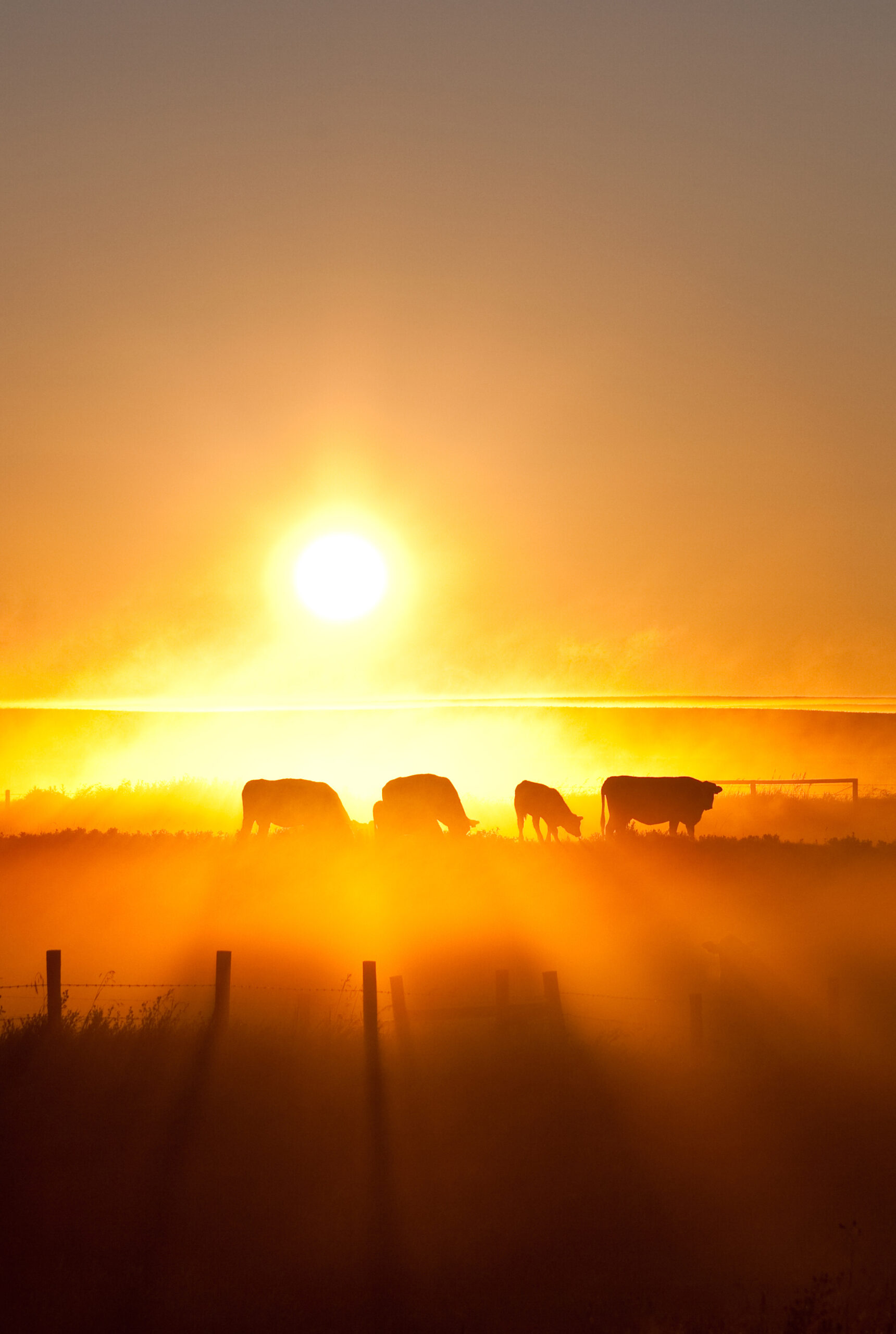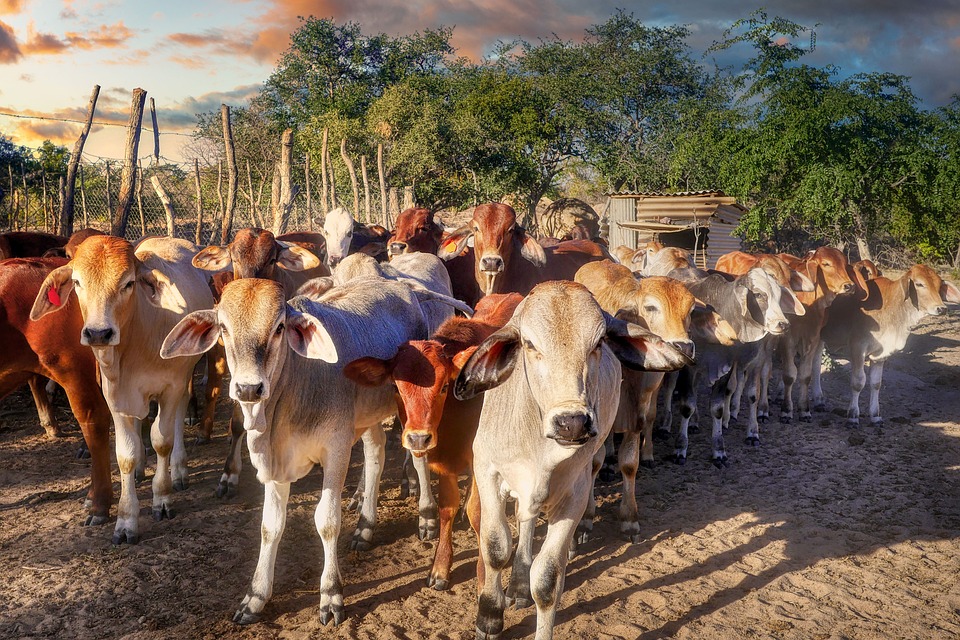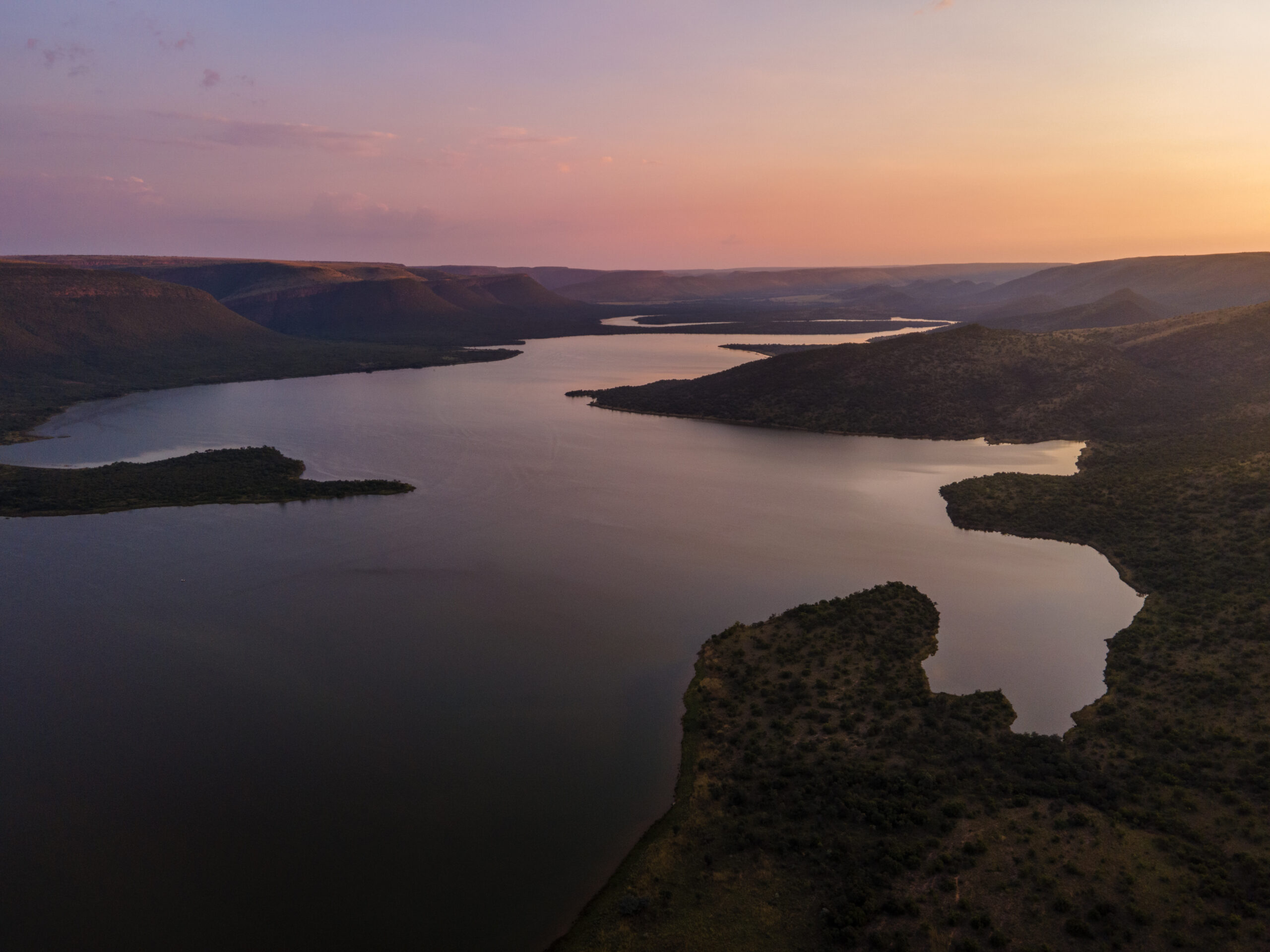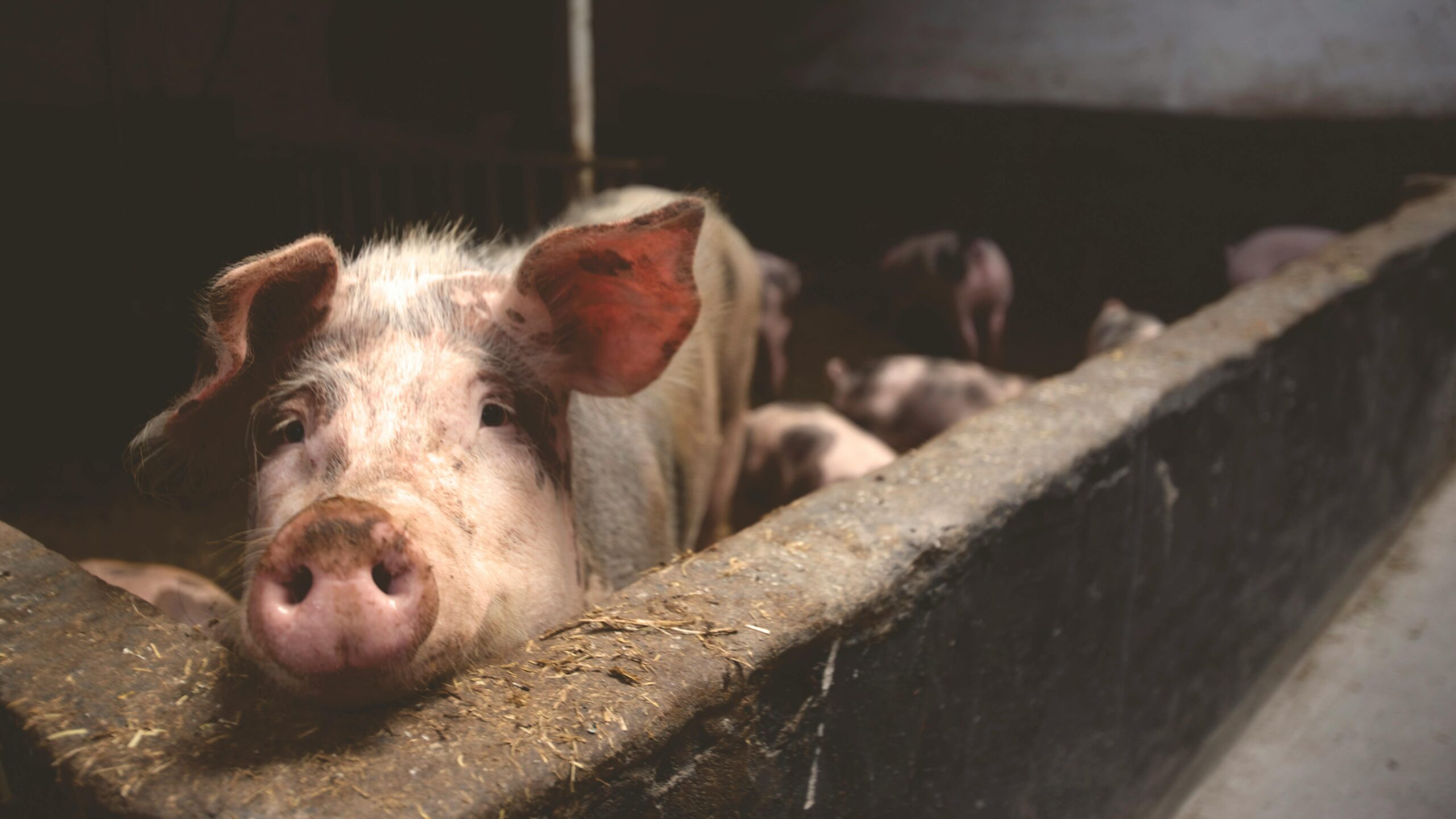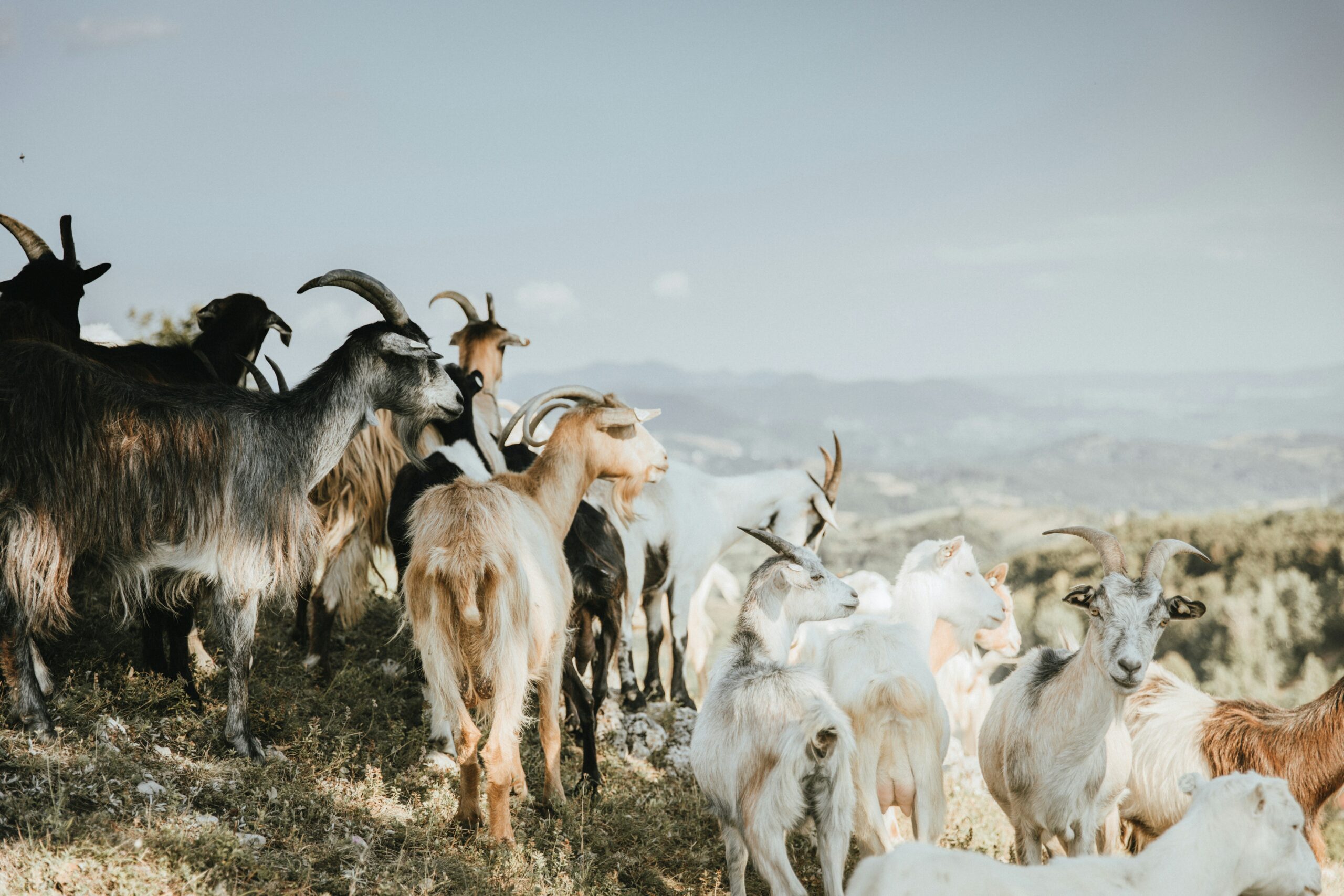Formulated fish feeds are vital as they offer fish a balanced diet, which in turn promotes accelerated growth. Aquaculture as a business relies heavily on the shortest time to market because you have to consider the time value of money. What this means is that money that is available at the present time is worth more than the identical sum in the future due to its potential earning capacity.
To tap into this ‘value of money potential’, the fish farmer can, for example, harvest sooner to create the potential for multiple harvests. As soon as the farmer is able to grow fish faster, the more money he will make.
At a seminar I presented recently, I met two fish framers who received fingerlings from the same supplier at the same time and both were feeding our Novatek Fish Feeds. At four months, there was a 120 g difference in fish growth weights (between these farmers) and they wanted to know why. The truth is that explanations for such scenarios do not lie in one single answer; there might be multiple factors at play. For instance, we often find the management aspect to be the determining factor for on-farm growth variations, but management encompasses a variety of other factors including pond, cage and tank management and how personnel are guided in maintaining ponds and fish stock density.
In this case, however, there was one parameter variation that was responsible for the growth differences, namely dissolved oxygen. To support aquatic life and enable tilapia to thrive, dissolved oxygen levels must be at least 5 mg/ℓ, and the temperature must be in the range between 25 and 32 ̊C.
The farmer with the better growth had better water quality for his fish. He achieved this by employing a high frequency of water exchange in his fish ponds, thereby making dissolved oxygen readily available for his fish. Oxygen depletion can happen. They are typically associated with high water temperature, which can reduce the oxygen-holding
capacity of water. Pond turnover is also very important as the upper 120 cm of the water column warms quickly and becomes less dense or lighter than deep water. Because the upper layer is warmer and lighter, it does not mix with the cool, deep water. The cool water near the bottom thus becomes stagnant and consequently depleted from oxygen.
The farmer with the better growth had also manured his fish ponds well. Manuring fish ponds gives the water a green colour due to the growth of plankton, and in the presence of light this plankton produces oxygen as a by-product. The oxygen is released into the water to be available to fish as dissolved oxygen, which enables respiration. Respiration is the process by which oxygen, carbon dioxide, acid and ammonia exchange take place through the gills of the fish. The fish then grow better and develop faster due to the higher levels of, for example, oxygen travelling through their gills.

Robert Kanyembo from Novatek shows what healthy fish look like. One important contributing factor is enough oxygen.
Thus, dissolved oxygen plays a significant role in the growth of fish. The farmer with the better growth achieved it by the simple management practices of frequent water exchange and maturing his fish ponds. However, it is important to remember that plankton consumes oxygen at night and only releases it during the day. Therefore, all farmers should exchange their water on a regular basis to get rid of the lower oxygen levels.
As we can see, then, oxygen is at the centre of fish growth. It is not a given fact that when a farmer uses good feed and good fingerlings he will manage to get good yields; rather, it is the management practices employed that keep growth parameters optimal, which then leads to supreme
performance.
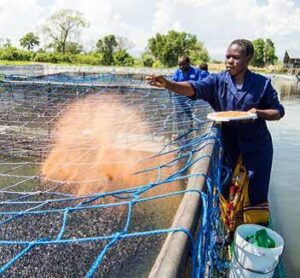
Joyce Chisenga from Zambeef in Chiawa, gives the right amount of fish feed for the right growth stage.
Please feel free to contact Robert Kanyembo at fish.ta@novatek.co.zm for all information on fish feeding and feeds.

